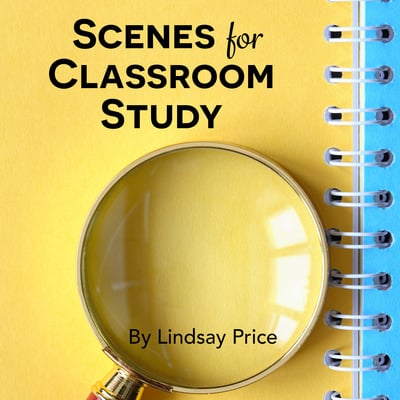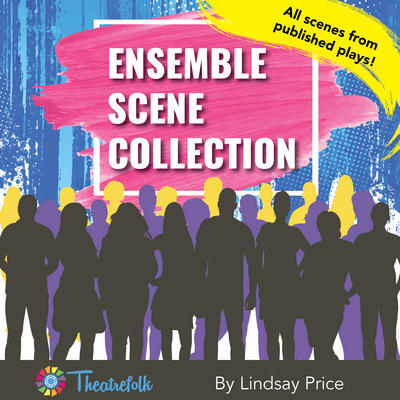A squirt gun would never be mistaken for a real gun, right? Dive into the thought-provoking world of Water. Gun. Argument and challenge what we choose to believe. A thought provoking and powerful piece in a docu-theatre style.
Scene & Song Analysis Using Emojis
If you have a smartphone, it’s a guarantee that you’ve used emojis. Emojis are more than cute graphics on your phone — they’ve evolved into a unique visual language. While emojis themselves are a fairly new development (the first official emojis were invented in 1999 by Japanese artist Shigetaka Kurita), people have been using symbols to communicate for thousands of years.
Students often have full conversations entirely with emojis. Emojis can give additional context and understanding to written language where tone isn’t always easily conveyed.
In this exercise, students will pair up and analyse a short scene or musical theatre song using emojis. This exercise includes a warm-up, a full class introduction and discussion, partner work, and a full class analysis and discussion.
Materials Needed
Copies of a one-page scene from a play or lyrics to a musical theatre song, with each line/phrase/lyric numbered down the left. If possible, leave a fairly wide margin down the right-hand side of the paper, so students can write or draw emojis on that side. Alternatively, students can complete the assignment on their phone by making a numbered list (corresponding with the numbered line from the text) and putting their emojis next to the appropriate number for each line/lyric.
Warm-Up or Bell Work
Using emojis, make a timeline of what you’ve done today so far, hour by hour. For example, if you woke up at 7 am and drama class is at 11 am, you will choose five emojis, one to represent each hour of the day that you’ve been awake.
Introduction
As a full class, have students add emojis to the following sentences:
- I’m sorry.
- What do you think?
- I’m not really sure.
- I can’t believe he said that.
- I can’t wait!
Feel free to add additional sentences. Which emojis did your students choose for each one? Why? Did the emoji choice change the meaning of the sentence? If so, how?
Exercise Instructions
1. Divide students into pairs.
2. Give each pair a one-page scene from a play or the lyrics to a musical theatre song. All groups will get the same scene/song.
3. Give a time limit to complete the assignment (or as much of it as they can complete within the timeframe).
4. Each pair will use emojis to represent the words, phrases, or emotions of the scene/song, line by line. Groups can use as many or as few emojis they wish, but they should aim for two to three minimum per line (unless it's a one-word line).
Students can write or draw emojis on the right-hand margin of the scene/lyric page, next to the appropriate line. Alternatively, students can complete the assignment on their phone by making a numbered list (corresponding with the numbered line from the text) and putting their emojis next to the appropriate number for each line/lyric.
5. At the end of the time limit, discuss students' different interpretations of the emojis used, one line at a time. Here are some questions you might wish to ask:
- Why did you use so many/few emojis for a particular sentence or phrase?
- Did your emoji choice represent a literal word/phrase in the song, or did it have a more removed meaning?
- For a particular sentence or phrase, did most students agree or disagree on an overall feeling/emoji choice?
- Did any sentences or phrases have a large amount of disagreement on what emojis should be used? Which ones? What is causing the disagreement? Can students explain why they disagree and/or why they think their interpretation is correct?
- How would you rate your understanding and/or enjoyment of the class work using emojis?
6. Each student will complete and submit an individual exit slip (found below). If you want students to submit their class work as well, have them either hand in the paper with the drawn/written emojis on the side, or take a screenshot of their work from their phone and email it to you (or upload it to your classroom webpage if you have one). Make sure students include both partners’ names on the emoji work, even though they will complete exit slips individually.
Related Articles
Scenes for Classroom Study
by Lindsay Price
Scenes for Classroom Study consists of scenes from published Theatrefolk plays and is designed to help with character study, scene work, substitute teachers, performance, Individual Event competitions and so much more.
Ensemble Scene Collection
by Lindsay Price
Looking for quality scenes for your ensemble that haven't been done a million times? This Ensemble Scene Collection contains 33 scenes from published plays - great for competition and classwork!

